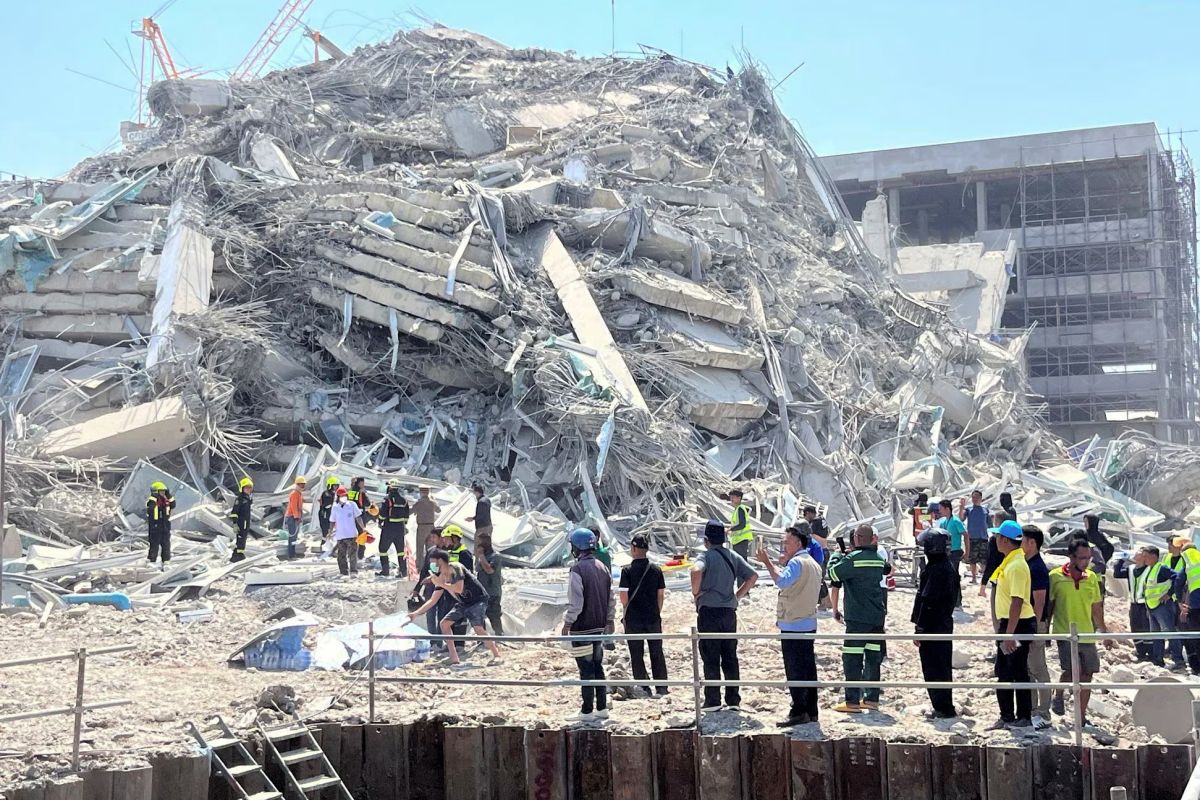A powerful 7.7-magnitude earthquake struck Myanmar on Friday, leaving over 1,000 people dead and more than 2,000 injured. Experts say that the country’s recent building boom, characterized by the construction of high-rise buildings from reinforced concrete, has contributed to the devastating impact of the earthquake.
According to Ian Watkinson, a professor of earth sciences at Royal Holloway University of London, Myanmar’s infrastructure was not designed to withstand a earthquake of this magnitude. “Critically, during all previous magnitude 7 or larger earthquakes along the Sagaing Fault, Myanmar was relatively undeveloped, with mostly low-rise timber-framed buildings and brick-built religious monuments,” Watkinson said.
The earthquake’s epicenter was located near the central Myanmar city of Mandalay, home to over a million people. The city’s weak infrastructure and lack of building design enforcement have been cited as contributing factors to the disaster.
Experts warn that the death toll could rise significantly, with estimates suggesting that between 10,000 to 100,000 people could have been killed. The economic damage is also expected to be severe, with estimates suggesting that it could exceed Myanmar’s GDP.
The Sagaing Fault, where the earthquake occurred, is a major transform fault that runs for over 1,200 kilometers. Experts say that the fault is capable of producing large, destructive earthquakes.
Rebecca Bell, a tectonics expert at Imperial College London, said that the earthquake was a “strike-slip” event, where the Indian tectonic plate meets the Sunda plate. “The Sagaing fault is very long and very straight, which means earthquakes can rupture over large areas — and the larger the area of the fault that slips, the larger the earthquake,” Bell said.
The earthquake has also raised concerns about the safety of high-rise buildings in neighboring Thailand. A 30-storey skyscraper under construction in Bangkok collapsed during the earthquake, trapping workers in the debris.
Experts say that the construction techniques used in Bangkok, which favor “flat slabs” without strengthening beams, are problematic and can lead to brittle and sudden failures during earthquakes.
The disaster has highlighted the need for governments to prioritize building design enforcement and disaster preparedness. Ilan Kelman, an expert in disaster reduction at University College London, said that “governments are responsible for planning regulations and building codes. This disaster exposes what governments of Burma/Myanmar failed to do long before the earthquake, which would have saved lives during the shaking
General
Health
World
Building Boom Turns Deadly: Myanmar Earthquake Highlights Infrastructure Risk
- by Balogun Monsurudeen.F.
- March 29, 2025
- 0 Comments
- 1 minute read
- 47 Views
- 6 months ago

